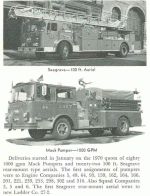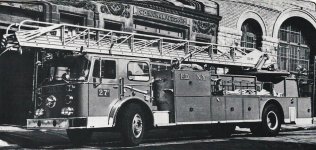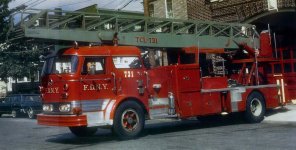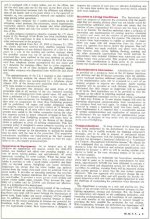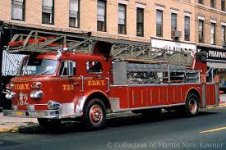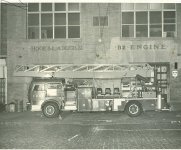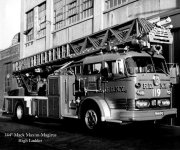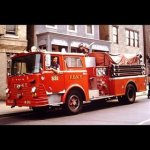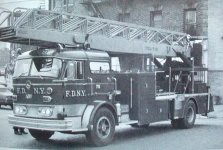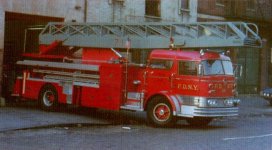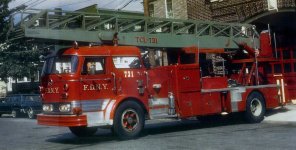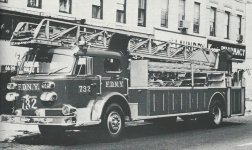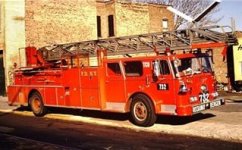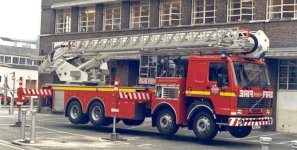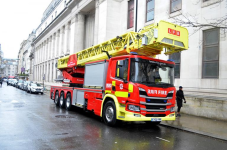We are very fortunate to have with us on this site, many retired FDNY members who were a part of those very heavy fire activity years.
A time in which those of us who were around then, remember 4 or 5 serious working fires going on within a few miles of each other.
A time that was so busy that sometimes there wasn't any companies available to respond to a car fire or a very large outside rubbish fire.
A time when the FDNY Dispatchers were so busy with answering calls for fire activity, they had to put a priority on the type of calls the FDNY members were available to respond to.
A time when the city put into place Tactical Control Units which were extra fire companies manned during the evening peak time for fires (like 6 pm - 2 am)
A time when the FDNY would be involved in the interchange program, the adaptive response system, second sections of companies in very busy areas with maybe two fully manned ladder trucks in a firehouse - where only one once was just because there were so many fires.
A time when street corner pull boxes were replaced with what was called an ERS box (Emergency Reporting System) in which the caller would push a button to talk to a dispatcher. But it also lead to what was called "ERS No Contact", requiring a single engine response anyway.
As a buff during that time, I got to see for myself just how unbelievable it really was to be a firefighter or a fire dispatcher during those days.
There has been books written about it and documentaries made about it.
People lost their apartments, there were numerous injures and deaths due to these fires, including FDNY members.
There was arson for profit or for some, just those who set fires and then sometimes harass the arriving firefighter, including throwing rocks, bricks and bottles at them.
Fire hydrants were running and sometimes they were vandalized and unable to use.
For our newer or younger members of this site, there is a thread titled; "My Younger Buff Years" in which many members who were around during that time tell some stories of what it was like.
They might have been a firefighter, a dispatcher, or a buff.
But if you have not seen it or read some of the stories, seen some of the videos or photos, "it is certainly worth checking into.
These firefighters who were on the job then, some of us have referred to them as "The GREATEST GENERATION of FIREFIGHTERS".
Because, it is most likely there will NEVER again be such a time in the history of the entire fire service.
People say that the FDNY saved New York.
They really did.
See; "My Younger Buff Years", starting with page 1
www.nycfire.net/forums/threads/my-younger-buff-years.3017/